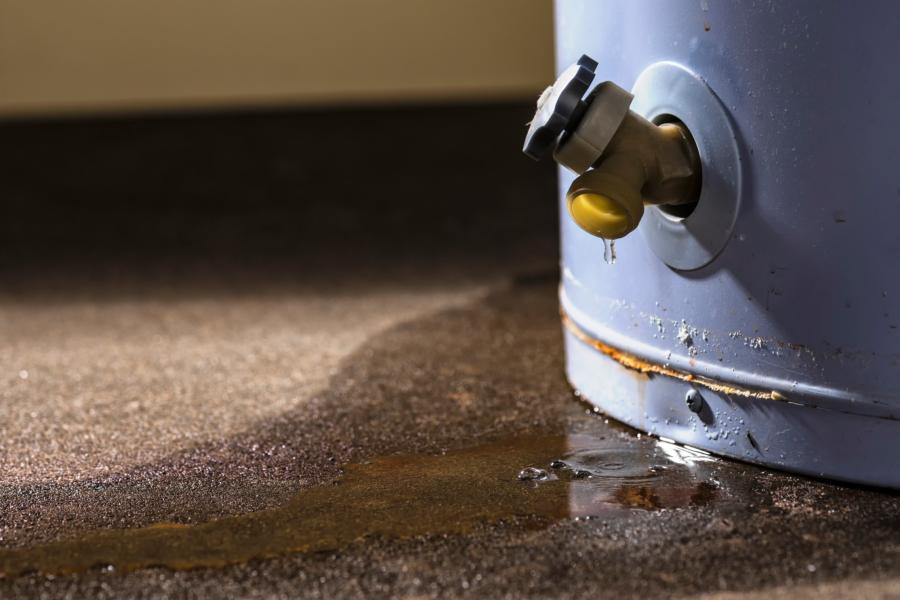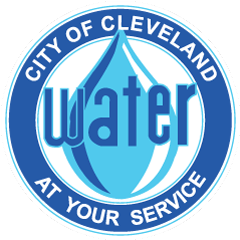Ways to Save: Home Protection

Leaky plumbing or broken water lines can lead to expensive property damage and unnecessary bill charges. That’s why we offer home protection programs and plumbing tips to help you save money by protecting your home.
Home Protection Programs
Customers are responsible for maintaining and repairing the water and sewer lines running from the street into their homes. Homeowners insurance normally doesn’t cover the cost of repairs to home utility lines so if these lines break you could face large, unexpected repair bills.
We partner with HomeServe to offer affordable solutions to eliminate the high cost and stress of unexpected repairs to water lines, sewer lines, and home plumbing systems.
The charges for these protective services are added to your water bill and for just a few dollars a month you receive reliable service and peace of mind. For more information, call 888-822-6945 or visit clevelandwaterlineprograms.com.
Finding & Fixing Leaks
Leaks on water lines, appliances, and plumbing fixtures can run up unnecessary charges on your water bill and cause damage to your home. Small leaks can quickly lead to major problems. But you can protect your home and your wallet with a few simple steps.
The easiest and quickest way to know if you have a leak is to sign up for the Cleveland Water web portal. You can monitor your water usage down to the hour and sign up to receive leak notifications via email.
You can also check for a leak in your home by following these simple steps:
- Turn off anything that uses water inside or outside your home.
- Check around faucets, toilets, water heaters, etc. for signs of a leak, such as puddles or drips.
- Find your water meter, which is typically located in your basement.
- On the meter, locate the blue star, white triangle, or red circle-shaped test wheel on the register face. If the test wheel is spinning even though no water is being used anywhere, you most likely have a leak.
Typical sources of leaks are often easy to fix, requiring only a few tools and hardware that can pay for themselves in water savings. The most common culprits are toilets, faucets, and showerheads. You should also check water-using appliances and outdoor spigots and hoses.
Find more tips on leak detection and prevention here.
